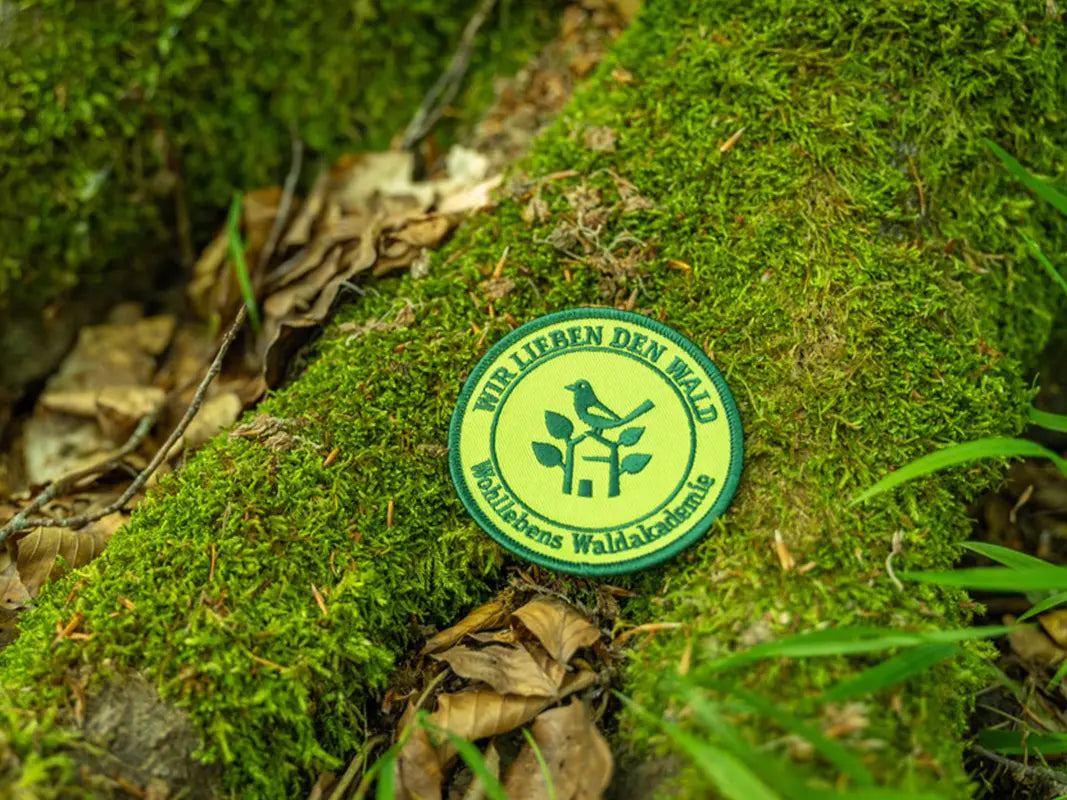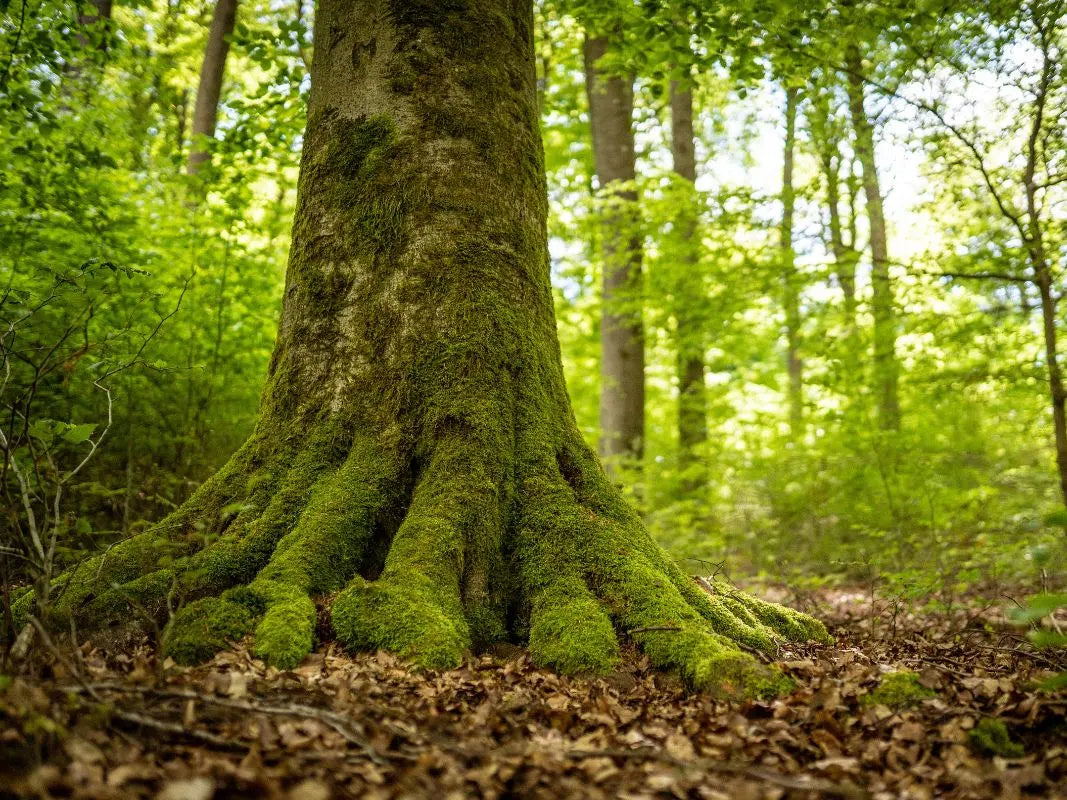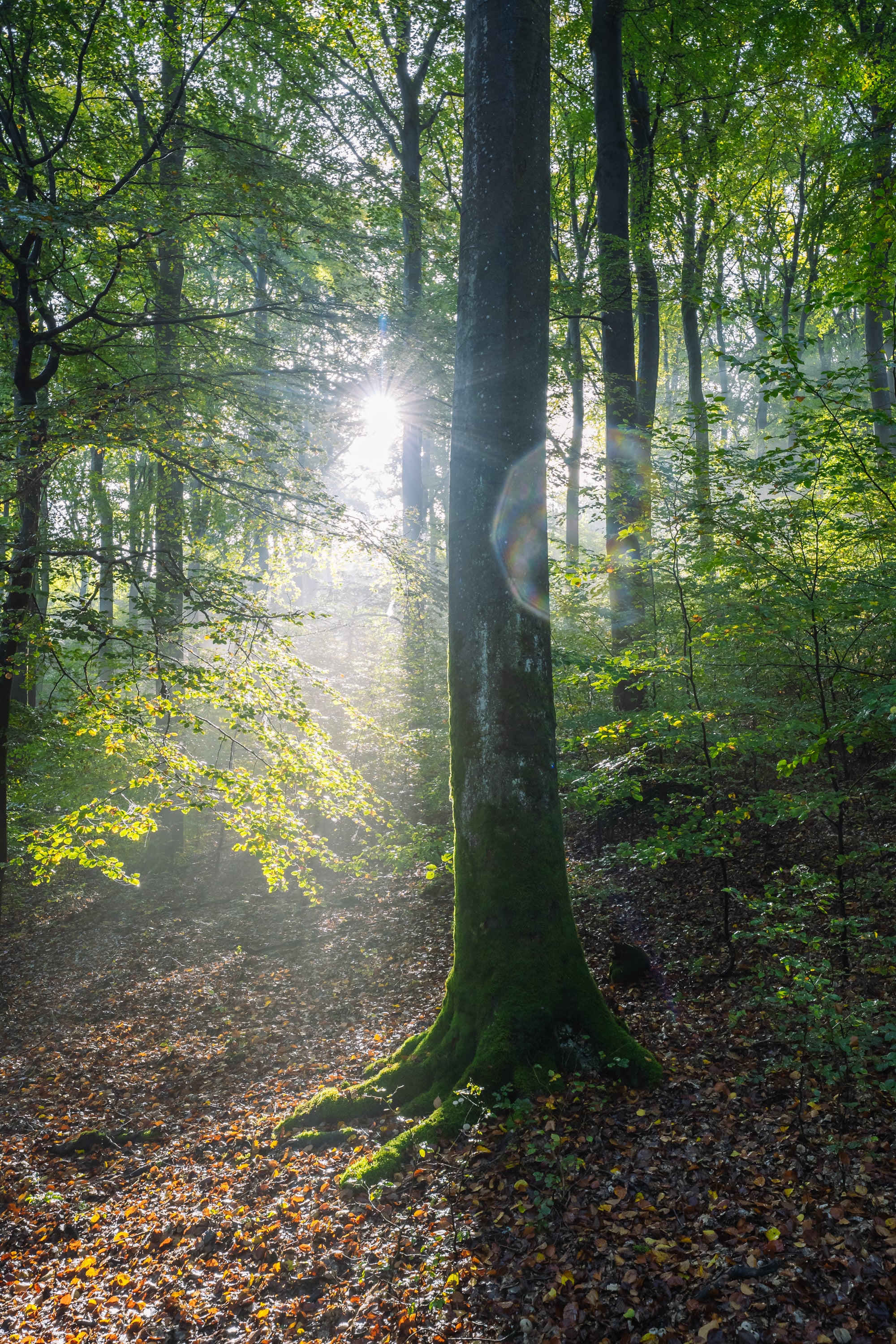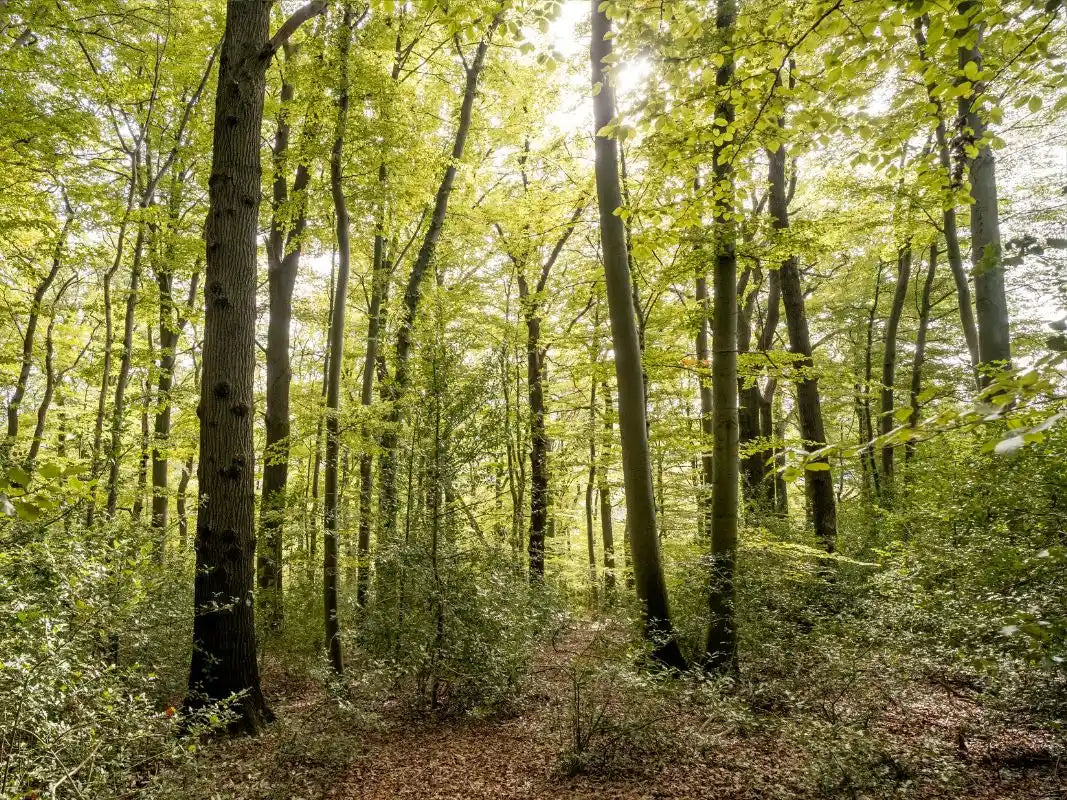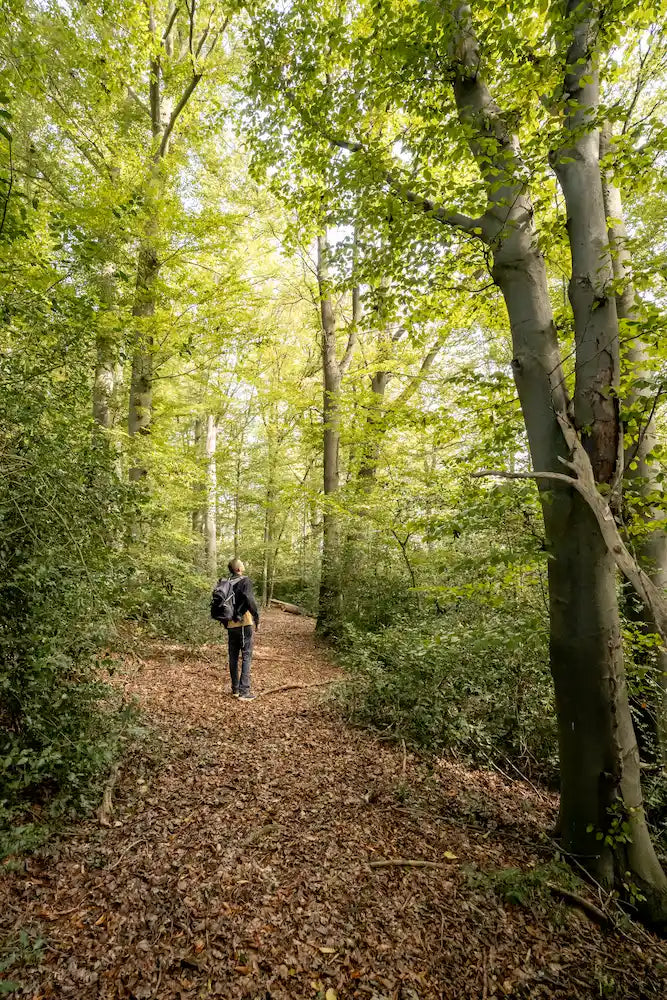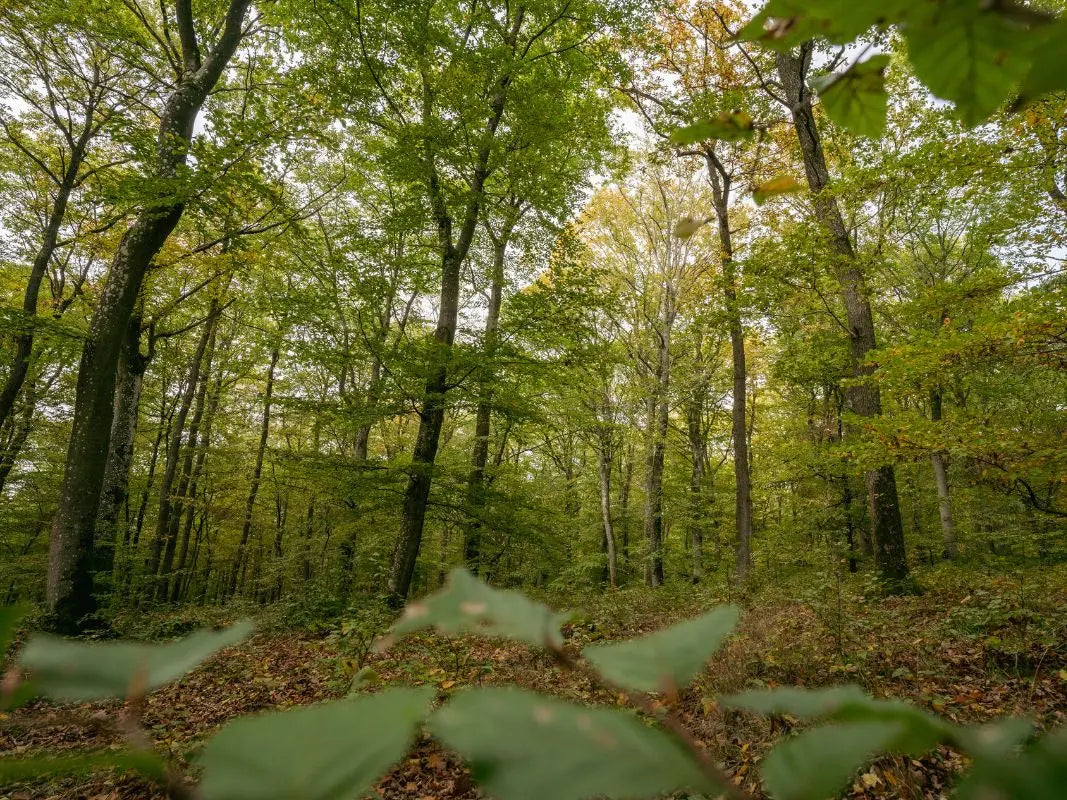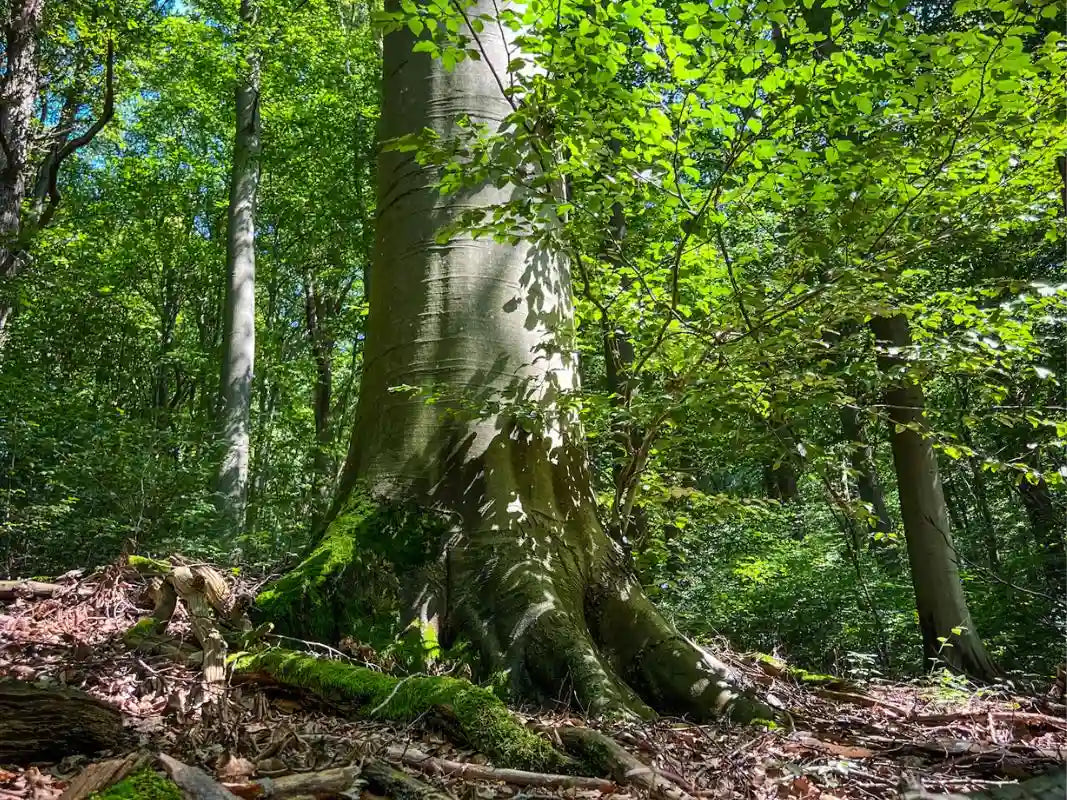FAQ
The big FAQ about the jungle project
In this comprehensive FAQ we want to answer all your questions about the project.
Booking process
How does the UrwaldAbo work?
You choose whether you want to protect a specific area weekly, monthly, quarterly, or annually. You can cancel your subscription at any time in your profile.
How can I pay?
You can pay via prepayment, PayPal, credit card, direct debit, Apple Pay, Google Pay or Klarna.
Will I receive a certificate?
Yes, you will receive a PDF certificate by email immediately after purchase. For a small additional charge, we can also mail you a certificate printed on 250g recycled paper.
What is a forest rescuer page?
This is a personalized website for you. There you can see your own forest on an interactive map. You'll also find your coordinates and much more exciting information.
Biology and Ecology
Why are they old deciduous forests?
Old deciduous forests are the rainforests of Europe, and they are in very poor condition. They only make up a very small proportion of the land area. We want to change that! They are extremely important for highly specialized animal and plant species.
Do you conduct research in the forest?
Yes, we have continuous measurements of temperature, humidity, and biodiversity on the project site. Further university research is being conducted by various universities.
Is there hunting in the jungle project?
Fundamentally, we want to consistently protect all living creatures in the primeval forest project. However, we currently have no say in the design of hunting, and hunting is conducted within the legal framework. However, no hunting lanes are permitted within the project area. This makes hunting in the project areas more difficult.
What happens in the forest during a storm?
Whatever falls onto the path is pushed back into the area. Everything else simply remains where it fell. This is part of the natural processes in a forest.
Which animal, tree and plant species benefit from the project?
At least 12,000 different species find a home in the project areas. Among them are some specialists that thrive only in old deciduous forests.
For example, we've already observed the black stork, the middle spotted woodpecker, and the wildcat. The UrwaldProjekt in Wershofen is one of only two confirmed locations worldwide for the Hunsrück wart lichen. In the beech forests, mighty but now rare silver firs are enjoying excellent health, and even a few endangered wych elms are thriving here.
Does forest protection contribute to climate protection?
Oh yes, a very important one! You can find the exact CO2 impact in the respective product. Furthermore, the old forest has enormous cooling power.
50 years of forest protection - and now?
Why only 50 years and not longer?
50 years is a period over which we can safely guarantee that the area will remain protected.
What happens after 50 years?
There are two options: such valuable forests will already be protected by law in 50 years, or we can seek an extension of the protection period. One thing is clear: the forest should remain protected even after 50 years!
What happens if I don’t protect the forest?
In the Primeval Forest Project, we protect very valuable, ancient forests that are already quite close to primeval forests. However, if we don't protect these forests together, almost all of their old trees would be felled in the future. We want to prevent this because old trees, in particular, are incredibly important and far too rare.
How much CO2 will be bound per square meter over the 50 years?
This varies depending on the forest area. You can find the information in the respective product. The values fluctuate between 50 and 90 kg of CO₂ per square meter. We use recognized calculation methods to determine the sink capacity. We use a generous safety margin of 40% for the calculation.
However, in times of climate change, the rate at which trees grow is increasingly uncertain—forests could also become sources of CO₂ as climate change progresses. Therefore, the UrwaldProject is not intended to be a carbon offset project.
Is the forest really safe from interference?
Yes, absolutely. This is secured by a notary in the land register. We also regularly visit the protected areas to check on everything.
There are nature reserves - so why the jungle project?
Not all nature reserves are created equal. This means that logging continues in most protected areas.
How are forest owners compensated?
We compensate the forest owners financially, meaning they receive more money than they would earn from logging. Therefore, the project is certainly attractive for the forest owners.
What happens when there is no more space?
We are constantly looking for more forests worth protecting, so more and more forest conservation areas are being created.
Forest protection vs. reforestation
Why is forest protection good?
Protected forests immediately store CO₂ and are already home to countless living creatures. Studies show that closed deciduous forests, in particular, are particularly well-adapted to climate change.
Isn't it better to plant new trees?
Planting trees in the forest is certainly fun, but it doesn't add value to the climate or nature. Forest owners are legally obligated to reforest anyway. Studies also show that young forests emit more CO₂ than they absorb in their first decades. Reforestation projects on agricultural land definitely make sense as a complement to forest protection. This is how forest areas are growing in Germany. You can find detailed information here: Reforestation projects in Germany
Are you planting trees in the jungle project?
No, no trees are planted in the Jungle Project. The idea behind the project is to let nature be nature. We don't need to intervene; the forest grows without our help – and has been doing so for 300 million years, by the way.
How many trees are there per square meter?
This can vary greatly. Sometimes there might be 7-10 small trees (e.g., up to 30 cm) per square meter, sometimes a 160-year-old beech, or sometimes no trees at all. However, many insects, fungi, and plants make their home there. In an ecosystem, every square meter counts.
Experience my forest
Are there hiking trails in the project?
Yes, there are hiking trails. Among them is the "Forest Rescue Trail" we created in Wershofen, which we highly recommend.
On your Forest Rescuer page you will also find a Komoot collection with suggested hiking routes through your forest.
Can I visit my forest?
You can visit your forest at any time. You can find the coordinates on your certificate and on your Forest Rescuer page. You'll also find a link to your coordinates via Google Maps there.
Are paths also protected?
The paths are excluded from the project area because they must be kept clear.
How can I take a tour with you?
We offer regular UrwaldProjekt tours , which you can book regularly. For protected areas of 75 m² or more, or 95 m² (with a purchase), you and a companion can participate free of charge. Feel free to send us an email or mention your preferred date when placing your order.
Where can I find my coordinates?
You can find your coordinates on your certificate or on your Forest Rescuer page. If you can't find them, please contact us.
Rights (and obligations?)
What are my responsibilities?
There are no obligations associated with your sponsorship.
What are the responsibilities of the Forest Academy?
We monitor the area and ensure that the plants and trees are not harmed by human intervention. We conduct small-scale research projects. We monitor the areas and paths after storms. We manage the project for the next 50 years.
Who checks that the area is safely protected?
The Forest Academy team takes care of this personally.
Can I spend the night in the forest?
That's not allowed, no. But take a look here: A night under the open sky
Who is the owner and who possesses the forest?
The municipalities (Wershofen, Nohn and Rodder) and a private individual (Lohmar) are the owners of the forest and Wohlleben's Forest Academy is the owner.
What am I to the forest?
Patron and forest rescuer.
What rights do I have?
You are welcome to enjoy the forest to the fullest and visit it at any time. Of course, you are also welcome to share your experiences with us.
Rights (and obligations?)
Can I use images from the project?
With pleasure. You can find photos from your protected area for download on your forest rescuer page.
May I use your logo?
This is possible by prior arrangement. Please send us a message at info@wohllebens-waldakademie.de.
May I publish my certificate?
Anytime, with pleasure.
May I use your forest rescue seal?
From a protected area of 500 sqm and after prior agreement, you may use our Forest Rescuer seal.
Can I share my forest sponsorship on social media?
Of course! Feel free to tag us @dasurwaldprojekt on Instagram.
Protect the forest now
Write us a message
You can reach us by phone at:
02694-9113210

